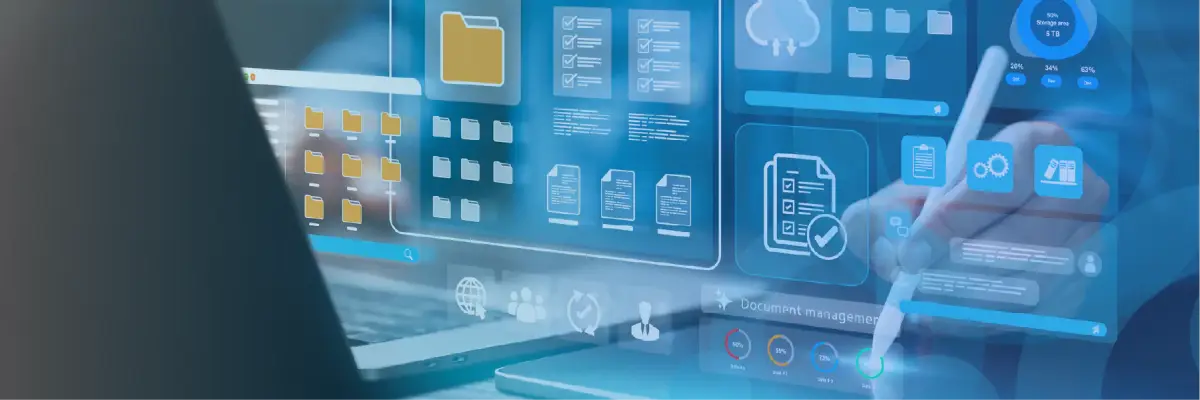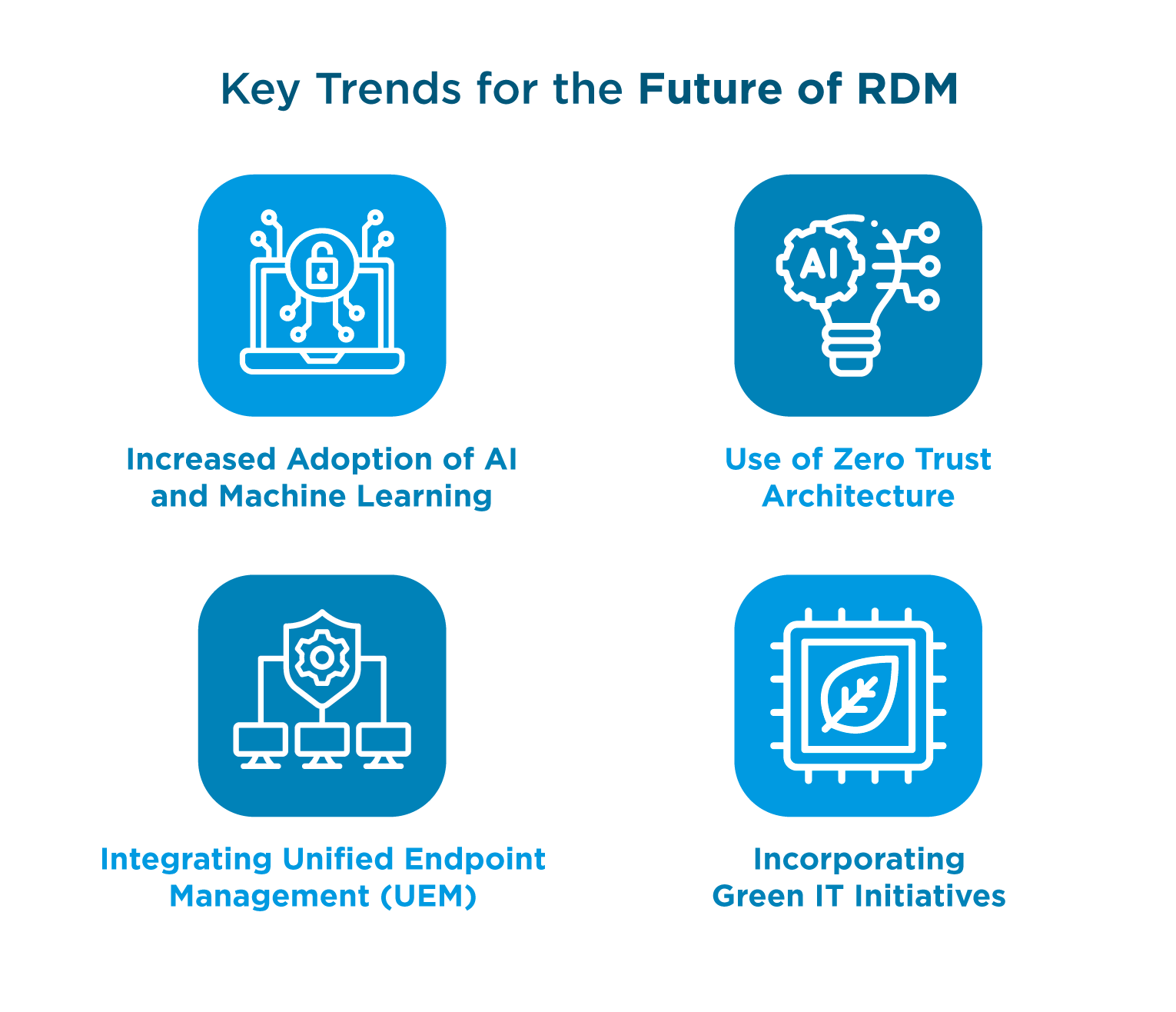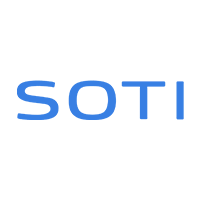
In 2023, 26% of the global population worked remotely at least some of the time. Additionally, organizations have seen a 38% increase of mobile devices, such has scanners and rugged handhelds, used across their dispersed locations. With distributed workforces becoming normalized and industries breaking away from traditional ways of working, organizations must adopt better and more secure Remote Device Management (RDM) software to accommodate their growing volume of remote devices.
What Is Remote Device Management?
At a base level, Remote Device Management is exactly as it sounds: It is the central management and administration of remote devices, including mobile, IoT, Laptops/PCs, printers, wearables and more. RDM secures, monitors, configures, updates and troubleshoots a variety of business-critical devices, including corporately-owned, business-only (COBO), corporately-owned, personally-enabled (COPE), corporately-owned, single-use (COSU), and bring-you-own-device (BYOD). Effectively, RDM provides a management solution for businesses across their entire device fleets.
Why Use RDM?
RDM is used by companies to help scale their device fleets while ensuring security and management from deployment to end-of-life. With the proper software – dependent on the type of device – companies can save time, resources and money while simultaneously reducing possibilities of theft, data loss, security breaches and more.
The more devices that are being managed by the company, the higher the risk of threats and attacks infiltrating and impacting business-critical devices, thereby exposing and affecting sensitive data. Software such as Mobile Device Management (MDM), Remote Monitoring and Management (RMM) or Remote Desktop Protocol (RDP) offers an easy, comprehensive solution to centrally manage devices across all locations.
Best Practices for Remote Device Management (RDM)
As more employees work outside of company headquarters, such as in distribution centers, retail stores or vehicles travelling to multiple locations, it is essential for companies to integrate RDM software across all their devices. This ensures safe and efficient management processes.
Here are some best practices for implementing and using remote device management software:
Prioritize Robust Security Measures:
-
Enable remote wiping of sensitive data or locking devices
-
Mandate and update antivirus software
-
Encrypt devices
-
Implement single sign-on (SSO)
-
Require multi-factor authentication (MFA)
Leverage Support Features:
-
Use remote access and control capabilities
-
Employ real-time support functions such as live video chat and voice calls
-
Enable IT teams to troubleshoot issues efficiently and reduce downtime
Increase Visibility of Devices:
-
Monitor key health statuses, such as battery life and data usage, in real-time
-
Use Mobile Device Management (MDM) as a centralized solution for mobile management streamlining operations and reducing downtime
Use Policy Features:
-
Implement policies based on enterprise mobility needs, whether for company-owned devices (COBO, COPE, COSU) or employees' devices (BYOD)
-
Restrict devices to corporately owned applications
-
Apply remote lock and configure devices for single business functions
-
Standardize configurations to ensure consistency and compliance across the organization
Schedule Alerts:
-
Set up alerts with varying degrees of priority
-
Configure RDM software to take specific actions when alerts are triggered, such as pushing critical updates, generating reports and providing insights into installed apps or device restrictions
Future of RDM
Remote Device Management is set to evolve significantly with advances in technology, changing organizational needs and growing distributed workforces across various industries. Delivery drivers, paramedics and other remote workers can all benefit from a robust and innovative RDM solution. Here are some key trends and developments that will potentially shape the future of RDM:
Click to expand and download
-
Increased Adoption of AI and Machine Learning. Incorporating AI and machine learning into RDM software will enable more predictive maintenance to identify and resolve potential issues before they become serious.
-
Use of Zero Trust Architecture. The adoption of Zero Trust principles – where every device and user is verified continuously – will improve security in environments where remote work and BYOD (Bring Your Own Device) are common.
-
Leveraging Edge Computing. Processing data closer to where it is generated (at the edge of the network) will reduce latency and bandwidth usage.
-
Integrating Unified Endpoint Management (UEM). UEM will become more critical as organizations look to manage a wide range of devices (laptops, smartphones, IoT devices, etc.) from a single platform.
-
Incorporating Green IT Initiatives. Organizations will prioritize sustainability and look to innovative RDM solutions to improve the lifecycle management of their device fleets through actions such as responsible disposal, prolonged and optimized device lifespans and device repurposing.
By embracing these trends and innovations, organizations can ensure that their Remote Device Management strategies remain effective and agile.




